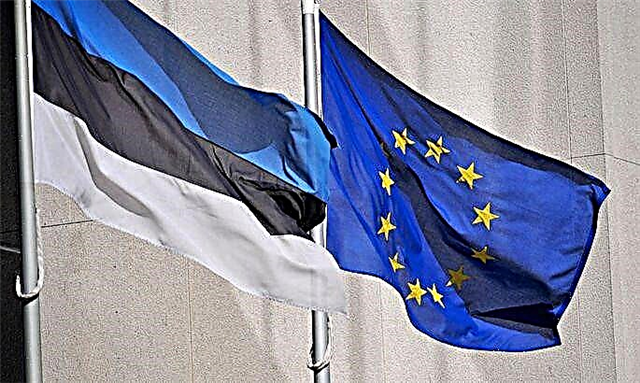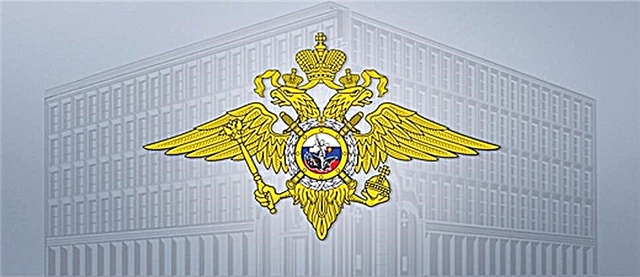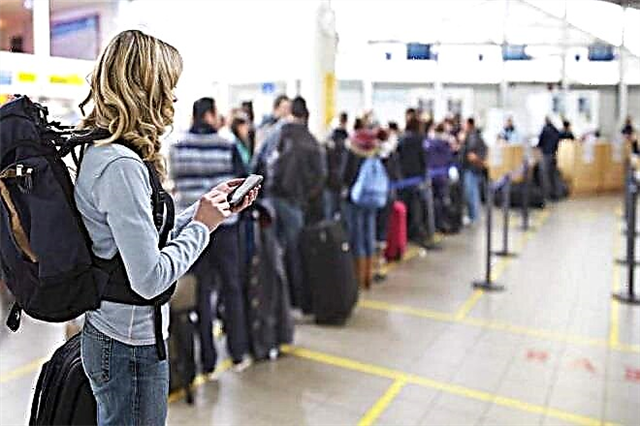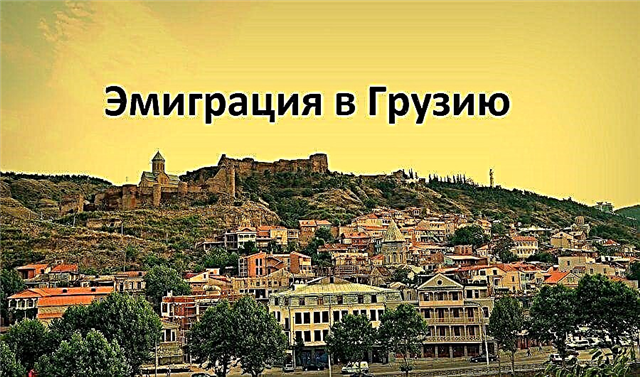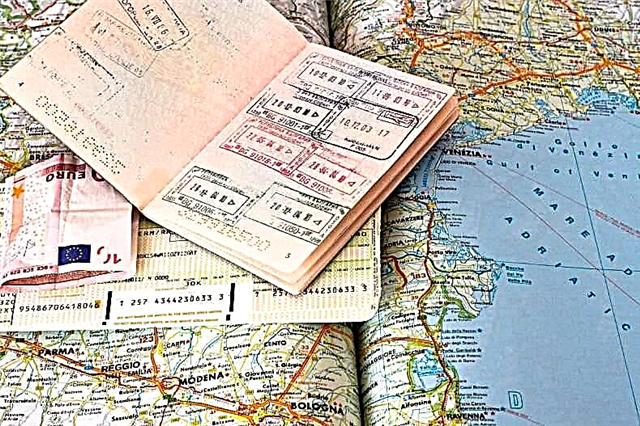The cozy German city of Dortmund, which is considered one of the greenest in all of Germany due to the fact that half of its territory is occupied by parks and landscaped gardens, boasts a considerable number of historical monuments: castles, cathedrals, unusual museums. Moreover, churches and cathedrals in Dortmund are of interest not only for pilgrims, but also for ordinary tourists.

What is known about Dortmund
Dortmund (Dortmund) is a large city located in the western part of Germany. For a long time it was one of the important industrial centers of Westphalia. Coal and iron ore mining was actively carried out here, and from time immemorial, delicious beer was brewed, so Dortmund can rightfully be called the cradle of this foamy drink.
Today the city is famous for its highly developed transport infrastructure - kilometers of ideal road surface, railways, excellent air links.
As for the sights, one of them can be safely called the local airport, which ranks third in size and service in Europe.
Walking around the city you will see ancient castles, the town hall, beautiful parks. But not only these structures are of interest to tourists from all over the world.
The aim of most of the guests of the city are numerous cathedrals and temples, in particular the Church of the Holy Trinity, the Church of Peter and Nicholas and others, which should be discussed in more detail.
Church of John the Baptist
The beautiful Gothic building of the Church of John the Baptist (Propsteikirche) was erected in the 14th century by Dominican monks, and today it is the only surviving Catholic temple in the central part of the city.
During the Second World War, the church was badly damaged by bombing, but by the end of the 20th century it was completely restored.
Currently, the temple is open to parishioners, and masses are held here again.
Among the artistic treasures of the temple, special attention should be paid to the altar triptych by Deryk Bagert dating from the 15th, the late Gothic sculpture of Our Lady with the Child in her arms (1480) and the statue of the Virgin Mary, made by the sculptor Fritz in the tradition of the so-called Beautiful Madonnas in 1420.
The church is located at Propsteihof 3, 44137 Dortmund.

You can get to the temple by public transport. For example, there is a direct tram from Dortmund Hbf station, which will take you almost to the church itself.
Your stop is the Galeria Kaufhof Dortmund department store. Further you can walk - it will take no more than 13 minutes.
Every Tuesday at 6.30 the church is open for prayer and breakfast. In addition, Bible study events are often held here. You can find out the exact time of their holding on the official website of the temple.
St. Peter's Church
Petrikirche or St. Peter's Church was built over several centuries (from the beginning of the XIV to the middle of the XVIII century). The site for its construction was chosen near the Hellweg road, which has long been the main road for the entire region.
The church has original architecture with Gothic elements. Inside is the so-called Golden Miracle of Westphalia or Goldenes Wunder von Westfalen - a magnificent three-wing carved altar 5.65 m high and 7.49 m wide, erected in 1521. It depicts a scene of the Eucharist (sacrament of the sacrament) and scenes from the Gospel.
Find a unique temple at Westenhellweg, Nähe Hbf, 44137 Dortmund.

The church is open on weekdays from Tuesday to Friday from 11.00 to 17.00, on Saturday from 10.00 to 16.00. In addition to the study visit, you can take part in programs, the time of which and the subject matter are reported on the official website of the church.

Getting to the church by public transport is easy - from Dortmund Hbf station, you need to get to the Saturn electronics store. You will see a temple in a couple of steps from the shop.
Church of St. Mary
The Marienkirche or St. Mary's Church was built in 1178-1185. in Romanesque style with Gothic elements. Historians believe that the reason for its construction was the visit to Dortmund of Emperor Frederick I Barbarossa and his son Henry VI.
At the end of World War II, St. Mary's Church was partially destroyed by a fire following an Allied air raid. At the same time, the main values of the temple were irrevocably lost: a wooden pulpit, an organ, a Baroque altar, stained-glass Gothic windows, ceiling paintings.

In the post-war years, the church was restored - it was returned to the Romanesque appearance with Gothic spiers on the cone-shaped roofs. Today in the church you can see practically the only surviving artistic relic - the “Altar of St. Mary” from 1420 by the master Konrad von Söst.
You can find the church at Kleppingstraße 5, 44135 Dortmund.
The easiest way to get to the temple is by metro (you need line U2, U5, U8) or by city train S5, S7, S75 to Alexanderplatz station. You can also take the M4, M5, M8 tram to the Spandauer Straße / Marienkirche stop.
Temple opening hours:
- Tuesday, Wednesday, Friday - from 10.00 to 12.00 and from 14.00 to 16.00;
- Thursday - from 10.00 to 12.00 and from 14.00 to 18.00;
- Saturday - from 10.00 to 13.00.
Tours are held here every Thursday at 16.30 and every first Saturday of the month at 12.00. You can find out more about this on the church website.
Church of St. Rinald
The Church of St. Rinald (Reinoldikirche) is the oldest church in Dortmund and its main attraction. It is Saint Rinald who is the patron saint of Dortmund, therefore the church, erected in his honor, is considered the symbol of the city, and her image is present on all souvenirs that city merchants sell everywhere.
The shrine is located in the very center of the city. The active construction of the temple began in the 13th century (although it was laid in the 9th century), and ended in the 18th century, so there are elements of several architectural styles in it. Yet the dominant style is Romanesque.
A distinctive feature of the building is a 104-meter bell tower, on top of which there is an eagle-shaped weather vane - another symbol of Dortmund, depicted on the city's coat of arms.
During its long history, the church survived several fires, was destroyed more than once, but after that it was restored again. Today it is the main parish church in Dortmund. It contains numerous artistic treasures, historical and religious values, most of which were donated to the church in the 15th century by the city council of Dortmund and wealthy citizens.
The temple is located at Ostenhellweg 2, 44135 Dortmund.

You can get to the church by metro or tram and get off at the Reinoldikirche stop.
The temple is open from Monday to Saturday from 10.00 to 18.00, on Sunday from 13.00 to 18.00. You can find out about thematic excursions on the church website.
Church of St. Boniface
The Church of St. Bonifatius (St. Bonifatius Kirche) is one of the “youngest” in the city. The building of the church was erected at the beginning of the last century in the neo-Romanesque style, thanks to which it stood out noticeably among the majestic Gothic buildings.
During World War II, the church was destroyed and literally rebuilt. Unfortunately, it was not possible to return it to its former appearance.

Today, the architecture of the building traces the traditions typical of Franciscan monasteries.
St. Bonifatius Kirche awaits guests at Bonifatiusstraße 3, 44139 Dortmund.
You can get to St. Boniface's Church by metro or tram from Dortmund Hbf station to Florianstraße U41, U45 stops.
The temple is open on Monday, Tuesday, Wednesday and Friday from 9.00 to 12.00, on Thursday from 16 to 18 hours. Please note that the church is closed on Thursdays during school holidays.
For more information on opening hours and activities at the temple, visit the church website.
Finally
Many temples in Dortmund are buildings with a rich history. Visiting them, you will be convinced that Germany is not only beer and great cars, but also a place for meaningful cultural recreation and spiritual development.

